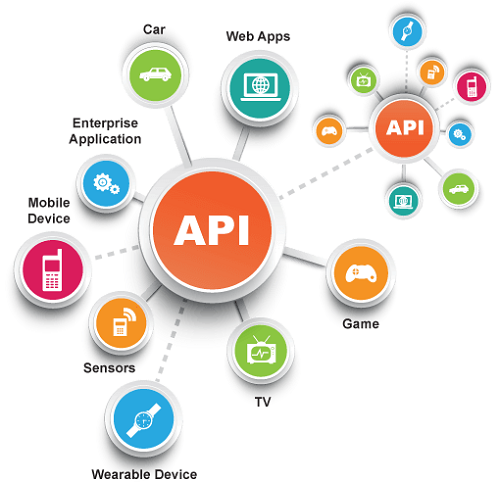(& Integrator) Capabilities x Infinity!
Scott Cochrane,
President and CEO
Cochrane Supply & Engineering
Contributing Editor
|
September 2019 |
[an error occurred while processing this directive] |
| API = New Software (& Integrator) Capabilities x Infinity! |
Scott Cochrane, President and CEO Cochrane Supply & Engineering Contributing Editor |
| Articles |
| Interviews |
| Releases |
| New Products |
| Reviews |
| [an error occurred while processing this directive] |
| Editorial |
| Events |
| Sponsors |
| Site Search |
| Newsletters |
| [an error occurred while processing this directive] |
| Archives |
| Past Issues |
| Home |
| Editors |
| eDucation |
| [an error occurred while processing this directive] |
| Training |
| Links |
| Software |
| Subscribe |
| [an error occurred while processing this directive] |
Welcome to 2020… all of the new controllers and devices showing up are
IP enabled—and we are not just talking about controllers. We now carry
many devices, including actuators, sensors, light switches, gateways,
cameras, thermostats and all sorts of promises of more IP enabled
controllers and devices in the coming years. It’s becoming an IP
utopia overnight and with all of these new choices to enhance
applications; owners are diving in for all sorts of digital retrofit
business opportunities and enhancing the occupant experience, all while
increasing energy and business efficiencies. Oh boy, can’t wait for
next year, all that new work!
 BUT… it’s just not that simple. As you can imagine, it brings new
challenges for the integrators for normalizing data from these unique
new IP systems so they can incorporate the new tech occupant
experiences while still providing the comfort, safety and security for
the buildings they serve. Frankly, BACnet IP just doesn’t
cut it. Why? Because BACnet IP doesn’t have all of the information
needed to properly integrate the application being served. BACnet is
valuable for BAS data and will continue to be, but IP networks are
super dynamic, always challenging, and never the same in two buildings.
As a result, we will need more from IP controllers and devices to be
able to deliver the next level occupant services and be in harmony with
the networks we now live on.
BUT… it’s just not that simple. As you can imagine, it brings new
challenges for the integrators for normalizing data from these unique
new IP systems so they can incorporate the new tech occupant
experiences while still providing the comfort, safety and security for
the buildings they serve. Frankly, BACnet IP just doesn’t
cut it. Why? Because BACnet IP doesn’t have all of the information
needed to properly integrate the application being served. BACnet is
valuable for BAS data and will continue to be, but IP networks are
super dynamic, always challenging, and never the same in two buildings.
As a result, we will need more from IP controllers and devices to be
able to deliver the next level occupant services and be in harmony with
the networks we now live on.
Enter the API. (Or Application Programming Interface.) Devices
that come with a documented rich API are the open solutions of the
future. Rich with what??? RICH API = NEW SOFTWARE CAPABILITIES x
Infinity!
These new IP controllers and devices can basically give us a huge menu
of software choices in how we integrate, incorporate, secure, manage,
access and play with that IP controller or device. For example,
an IP controller API might give you the code on how to program it
without any other programming software from the manufacturer. We have
seen IP controllers voice-enabled by integrators on multiple platforms
like Amazon and Google through well designed and documented APIs.
The controller might already be BACnet IP, which is one implementation
of the API, but these new IP devices can talk to multiple systems at
the same time, and as such we can double/triple task a device depending
on the master for which it serves. Kind of cool…
Here's an idea, let’s tap the IP temp sensor from the BACnet chilled
water loop control application, and use an XML call from our web
service to feed the digital historian in the cloud offering analytics
and remote monitoring. What? “FREE DATA!!!!” Woo hoo!
As we unwrap the new controllers and devices, we ask for API after API
after API after API. Long story short, we are amassing a huge library
of them in our Tech Services Department where they are supporting a
huge range of API implementations from RFID tag systems, asset
tracking, cameras, new BAS IP Controllers and plenty more. But
it’s not just about collecting and supporting them; it’s about being
able to develop a new digital connection between a human and a
building—which these API’s are enabling Systems Integrators to provide.
It’s definitely exciting to be a part of.
So when they come to sell you an IP controller, “Don’t ask what the IP
controller can do for YOU, ask what YOU can do with the API!!!!!”
[an error occurred while processing this directive]
[Click Banner To Learn More]
[Home Page] [The Automator] [About] [Subscribe ] [Contact Us]